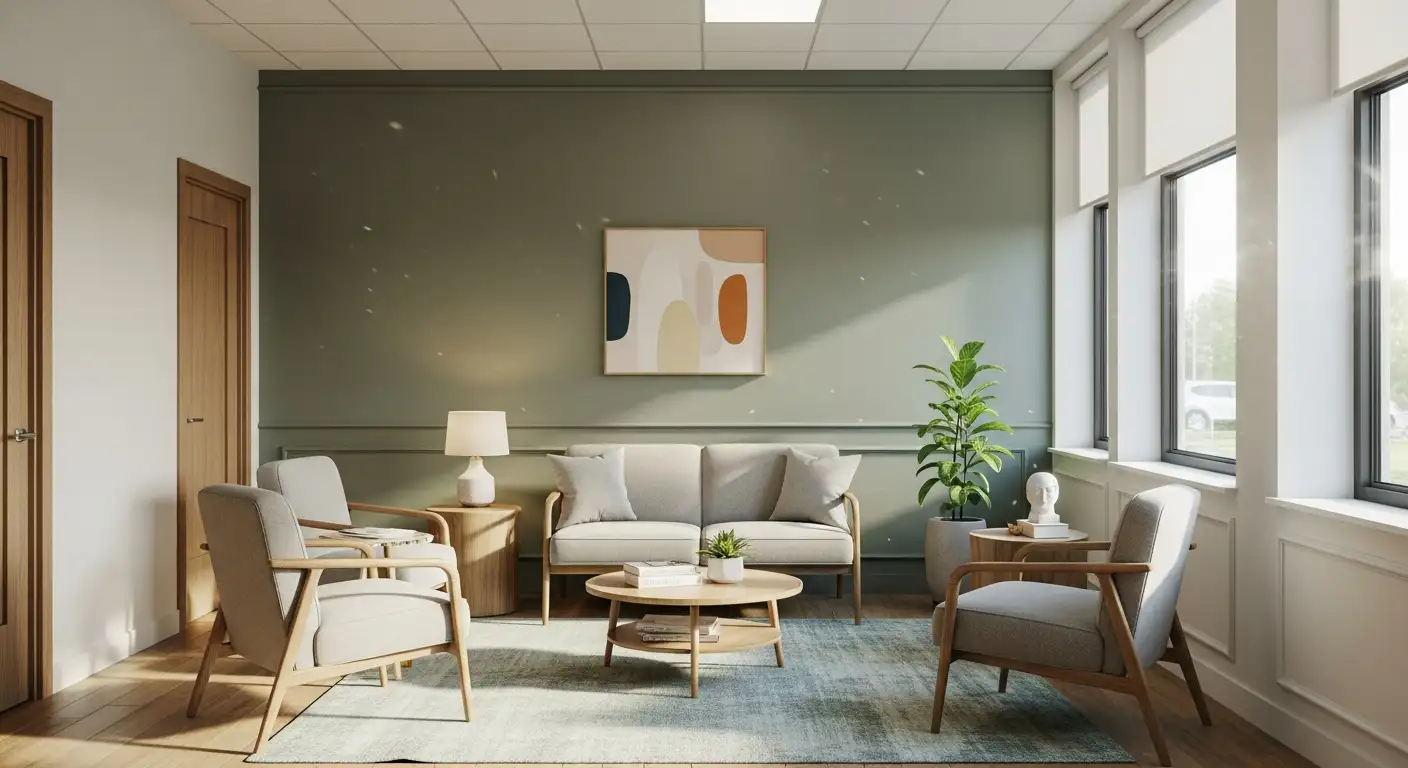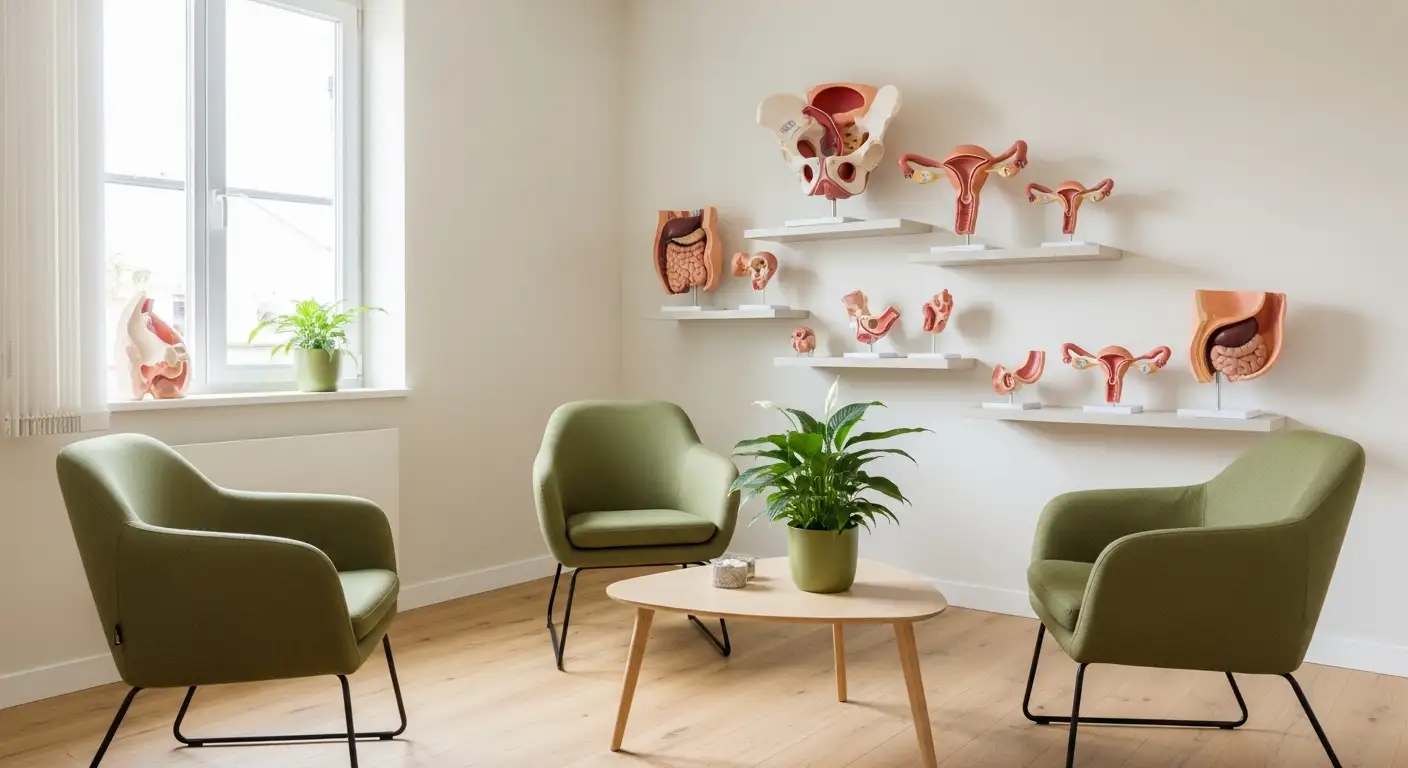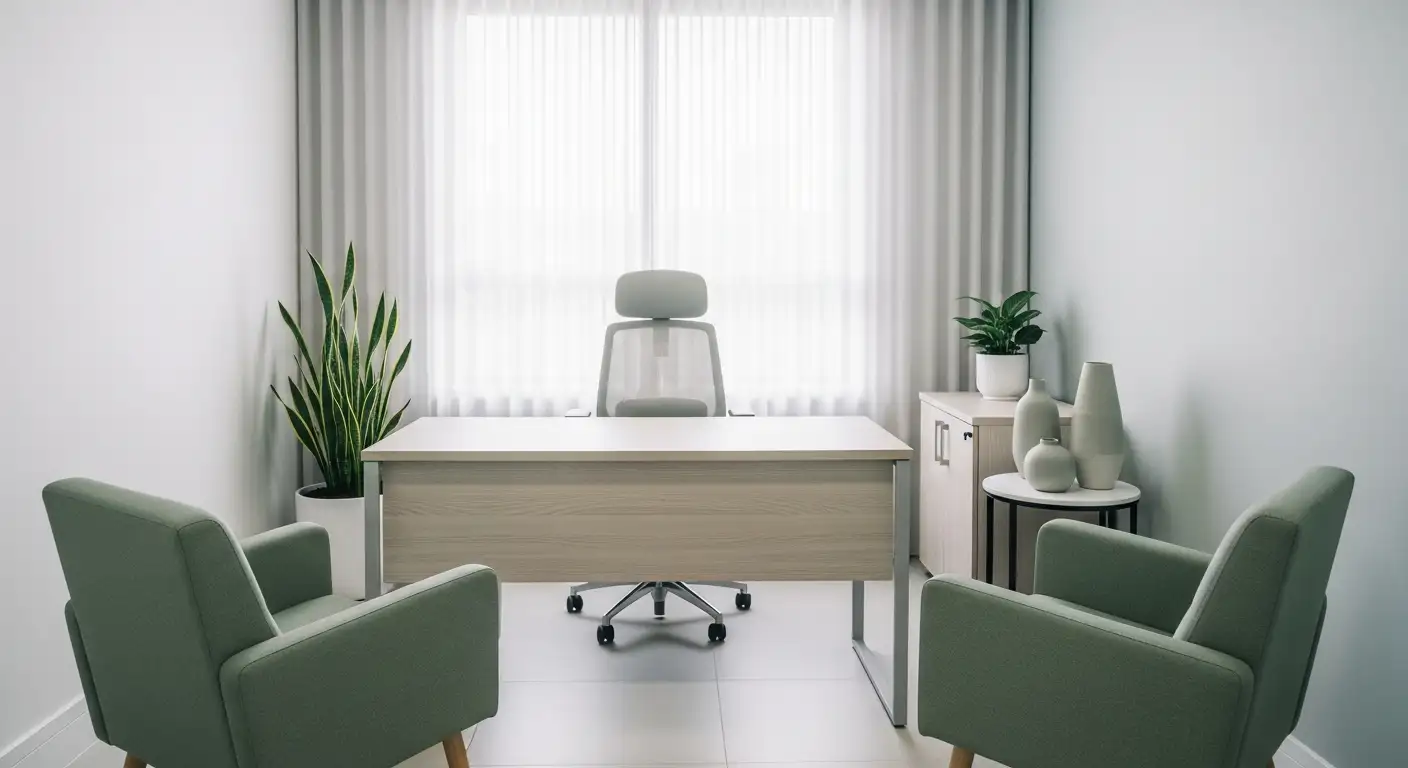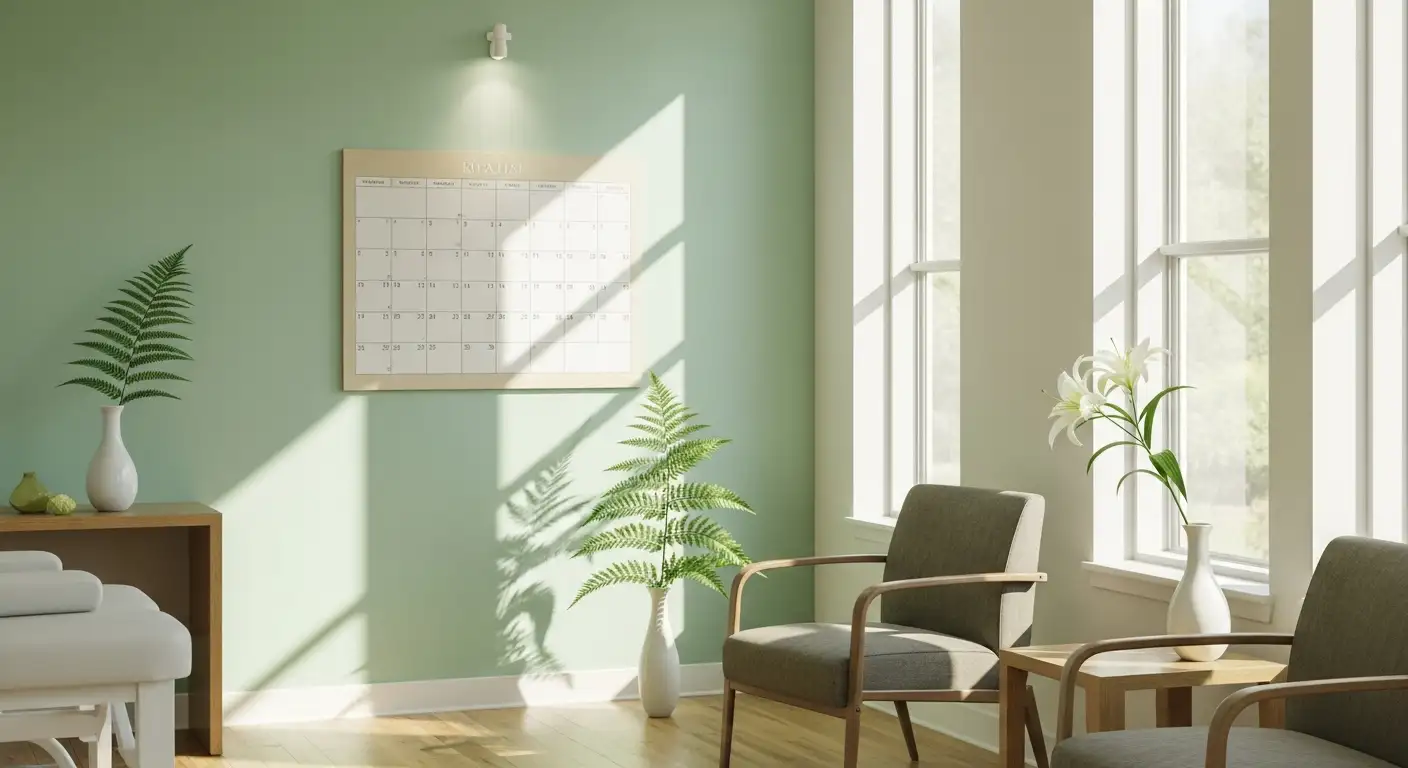Unlocking Serenity Through the Mind’s Eye
In our fast-paced world, cultivating serenity can seem elusive, but visualization techniques offer accessible and scientifically supported ways to foster inner calm. By creating mental images that engage all senses, individuals can trigger physiological and emotional responses that promote relaxation, reduce stress, and enhance overall well-being. This detailed guide explores how visualization works, practical methods to incorporate it into daily routines, and its profound benefits for mental health and emotional resilience.
Understanding Visualization Techniques and Their Role in Cultivating Serenity
What are visualization techniques and how do they promote serenity?
Visualization techniques involve creating vivid mental images that often include engaging all five senses—sight, sound, smell, touch, and taste—to foster relaxation and inner peace. One common method, guided imagery, guides individuals through peaceful scenes such as beaches, forests, or meadows, helping to redirect focus away from stressors.
These mental exercises trigger physiological responses like lowering heart rate and decreasing levels of stress hormones, which promote a sense of calmness. By imagining tranquil environments, individuals can calm the nervous system, reduce anxiety, and achieve a heightened state of relaxation. Practicing visualization regularly enhances these benefits, making it an effective tool for emotional stability.
Visualization also activates neural pathways associated with positive emotional states. This activation helps reprogram the brain to favor calmness and resilience, especially when paired with deep breathing or mindfulness techniques. Over time, visualization helps cultivate a serene mental environment, reducing mental chatter and fostering overall emotional well-being.
Applying Visualization Practices for Relaxation and Mindfulness
How can I apply visualization practices to promote relaxation and mindfulness?
To effectively use visualization for relaxation and mindfulness, begin by selecting soothing images that resonate with you personally. These can include scenes from nature like beaches, forests, or meadows, or abstract symbols of peace and healing. The goal is to create scenes that evoke feelings of calm and safety.
Engaging all senses enhances the experience. When visualizing, try to involve sight, sound, smell, touch, and even taste. Imagine the warmth of the sun, the gentle sound of waves, the scent of pine, or the feeling of soft grass under your feet. This multisensory approach deepens the relaxation response and helps anchor your mind in the present moment.
Consistency is vital. Establish a routine by dedicating a specific time each day, preferably in a quiet and comfortable space. You can incorporate guided visualization scripts or recordings into your practice, starting with sessions of 5 to 10 minutes. Over time, gradually extend the duration as you grow more comfortable with the practice.
Integrate visualization into meditation by combining it with mindful breathing or body scans. Focus on creating vivid, positive images while maintaining a gentle, non-judgmental attitude toward thoughts and distractions. Remember, the aim is to foster peace and presence, not perfection.
Adding journaling or reflection after sessions can deepen your understanding of the experience and reinforce positive feelings. Over time, this regular practice helps reduce stress, improve emotional balance, and cultivate a mindful, serene outlook. Incorporating these steps into your daily routine or meditation schedule can significantly enhance your inner calm and overall well-being.
Benefits of Visualization for Mental Health and Stress Relief
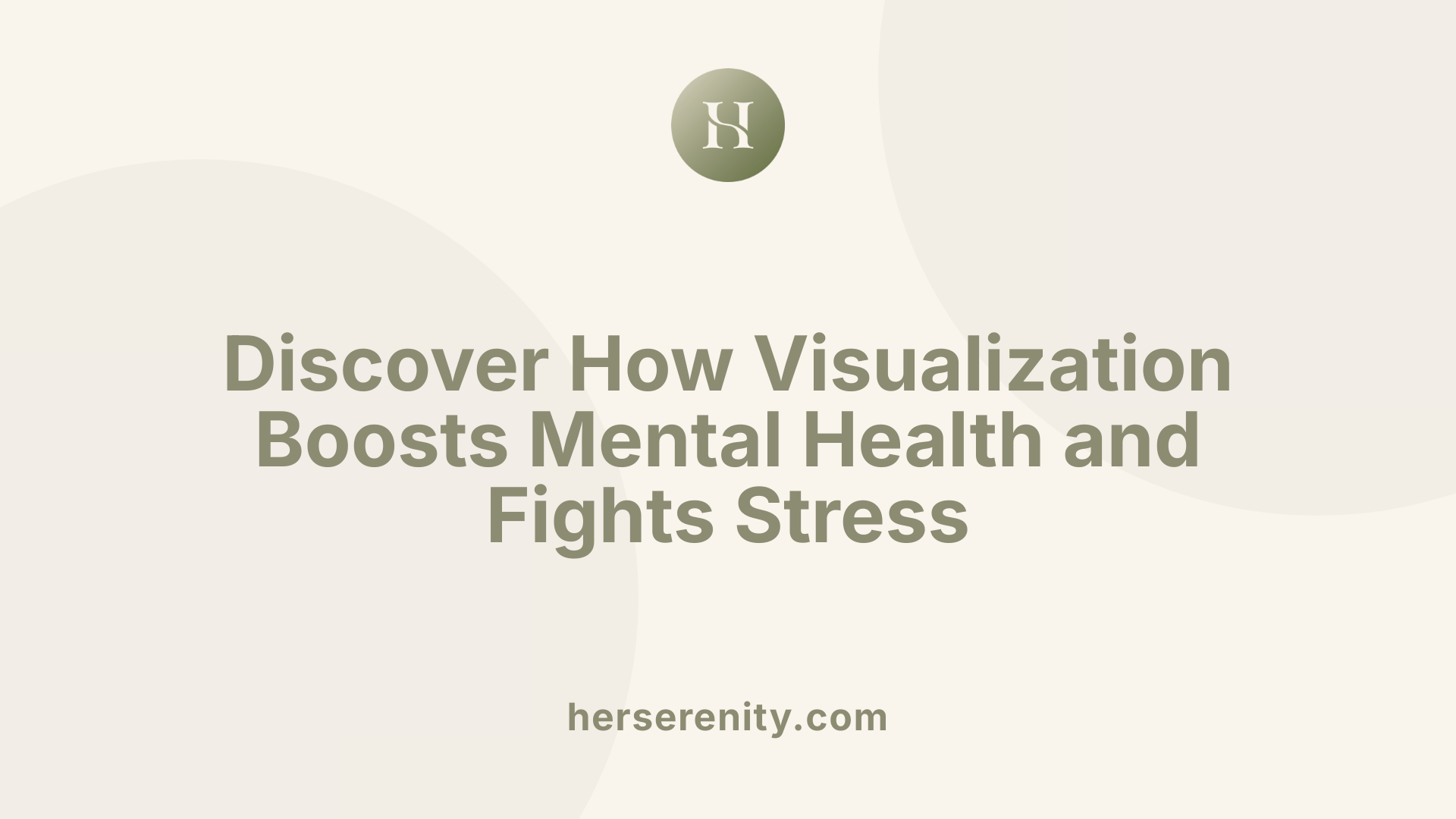
What are the benefits of using visualization techniques for mental health and stress relief?
Visualization techniques provide a powerful and accessible way to enhance mental well-being and manage stress. By creating vivid mental images and engaging all five senses, individuals can induce a state of relaxation, which helps to counteract the body's stress response.
Practicing guided imagery allows people to lower their heart rate and release muscle tension, promoting a calmer physiological state. This can help reduce symptoms of anxiety and improve sleep quality over time. Regular visualization can also foster positive emotions, such as confidence, optimism, and emotional resilience, making it easier to handle challenging situations.
Beyond immediate stress reduction, visualization supports long-term mental health through neural reprogramming. It reinforces positive thought patterns, helps in goal achievement, and strengthens emotional regulation. Effective for practices like mindfulness and meditation, visualization serves as a versatile tool for cultivating serenity, psychological flexibility, and overall resilience.
Research indicates that frequent use of visualization techniques can influence brain activity, resulting in better decision-making, enhanced problem-solving skills, and improved mood. These benefits make visualization an excellent complementary approach for managing mental health, reducing negative emotions, and fostering a balanced, peaceful mind.
Common Visualization Exercises: Guided Imagery, Body Scans, and Compassion Meditation
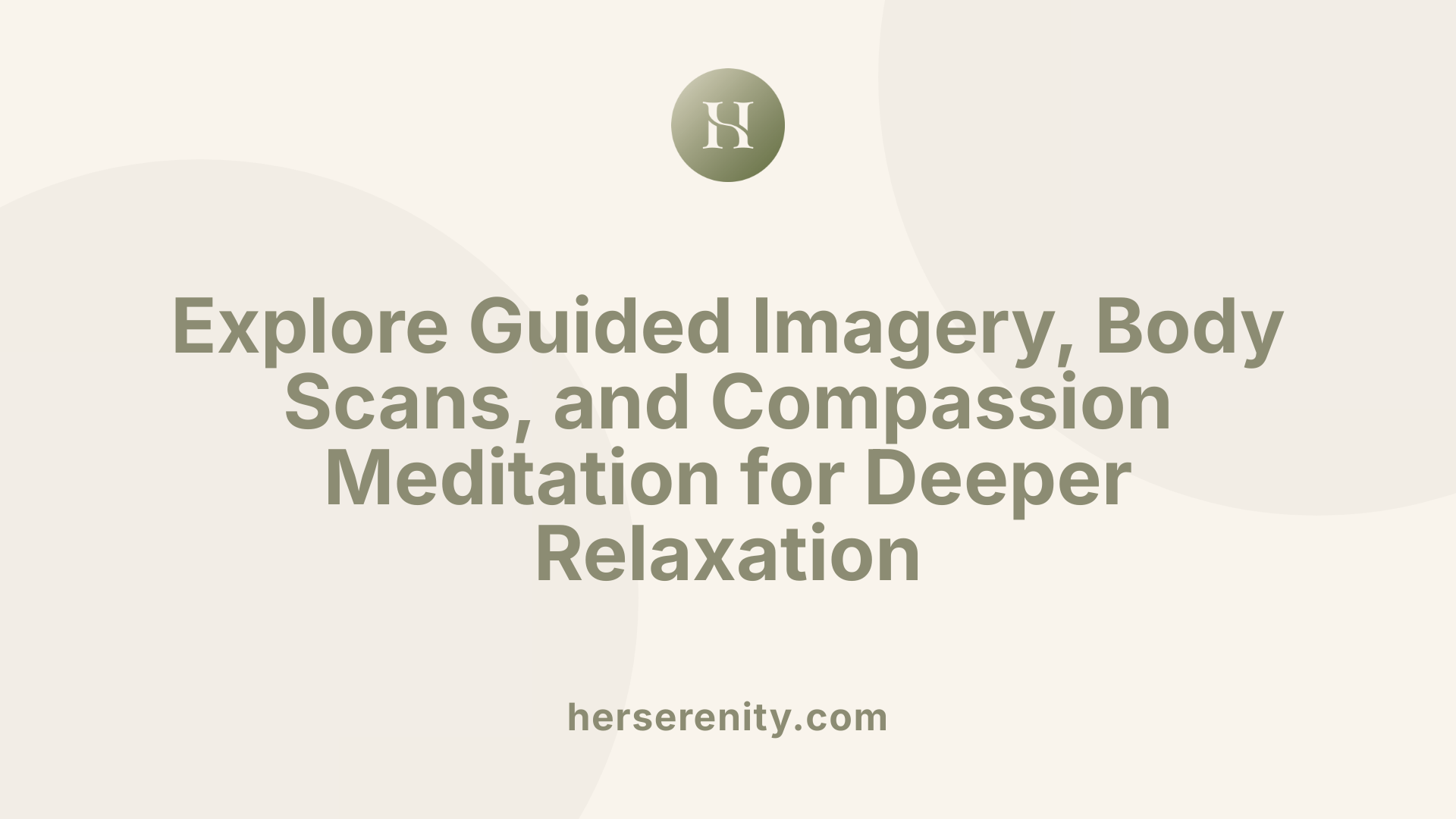
What are some common visualization exercises like guided imagery, compassion meditation, and body scans?
Visualization exercises are popular tools in promoting relaxation, mindfulness, and emotional well-being. Guided imagery is one of the most widely used techniques, where individuals imagine peaceful scenes such as beaches, forests, or tranquil lakes. By engaging all senses—visual details, sounds, scents, and textures—people can create vivid mental environments that foster deep calmness and reduce stress.
Body scan meditation is another effective practice that systematically brings attention to different parts of the body. Practitioners typically tense and relax muscles in sequence, which enhances awareness of bodily sensations. This process helps release physical tension and cultivates present-moment awareness, making it easier to manage anxiety and develop mindfulness.
Loving-kindness, or compassion meditation, focuses on developing feelings of love, empathy, and kindness toward oneself and others. Practitioners often visualize loved ones or themselves, sending positive wishes and feelings of peace, compassion, and joy. This technique can improve emotional regulation and induce a state of profound relaxation.
Goal visualization involves mentally rehearsing the successful achievement of specific objectives. It boosts motivation, confidence, and positive expectations by creating detailed mental images of reaching goals such as career success, health improvements, or personal growth. Repeating these visualizations can strengthen belief in oneself and foster perseverance.
Additional supportive methods include practices like progressive muscle relaxation and using vision boards. These techniques leverage mental imagery to ease stress, clarify intentions, and stay aligned with personal aspirations. Overall, integrating these exercises into daily routines can significantly enhance emotional resilience and mental clarity.
Integrating Visualization into Daily Routine and Meditation for Inner Calm
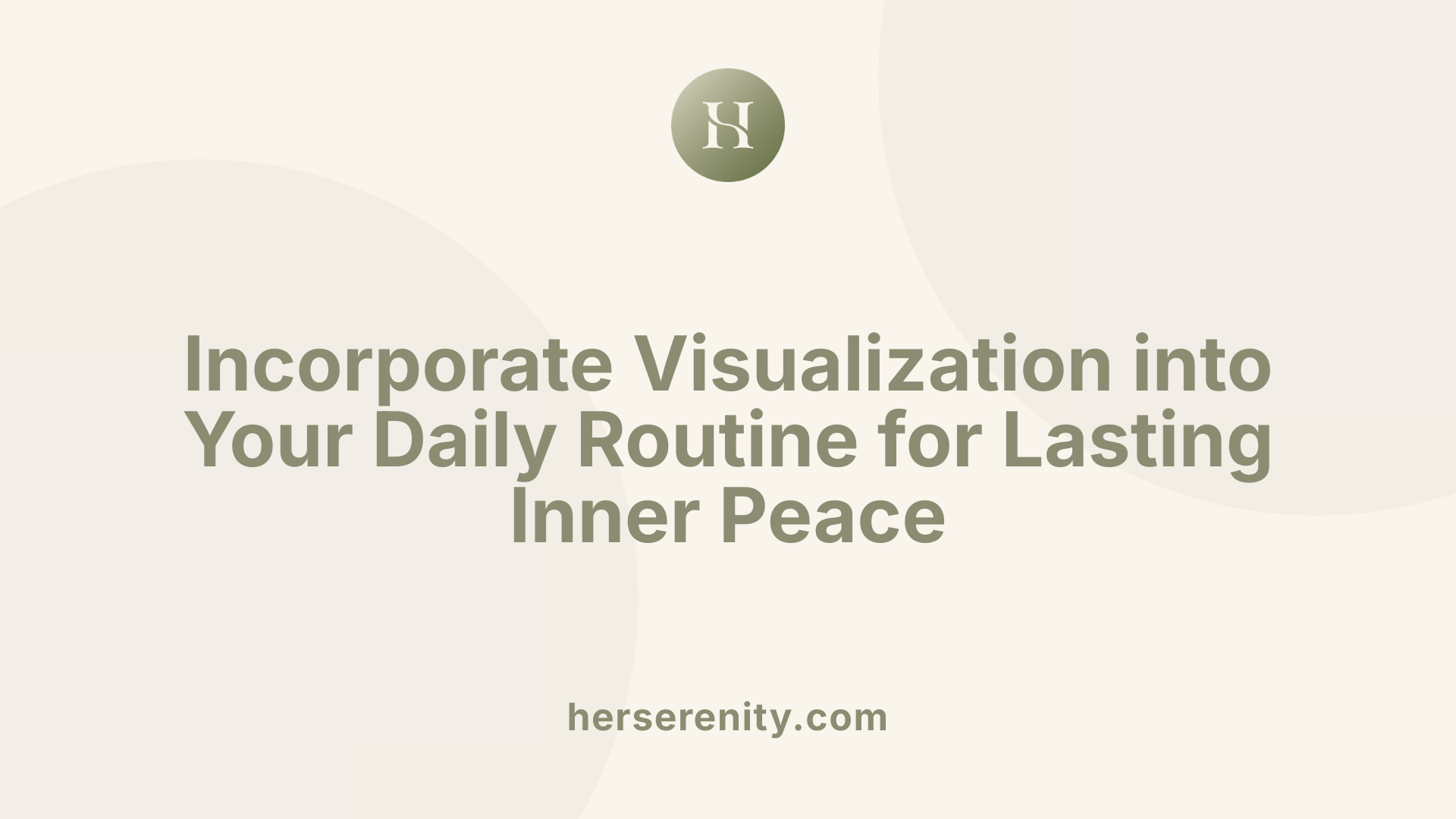 To deepen your sense of inner peace through visualization, it’s helpful to incorporate the technique into your daily schedule. Begin by choosing images or scenes that hold personal significance—perhaps a tranquil beach, lush forest, or a calming garden. These visuals should evoke feelings of relaxation and happiness.
To deepen your sense of inner peace through visualization, it’s helpful to incorporate the technique into your daily schedule. Begin by choosing images or scenes that hold personal significance—perhaps a tranquil beach, lush forest, or a calming garden. These visuals should evoke feelings of relaxation and happiness.
Practicing regularly is essential for experiencing lasting benefits. Dedicate a few minutes each day, such as during your morning routine or before bed, to engage in guided imagery or visualization meditation. Focus on creating vivid mental pictures, engaging all your senses—notice the sights, sounds, smells, and textures of your chosen scene. This sensory immersion helps anchor your mind in the present moment.
You can also embed visualization into everyday activities. For instance, during breaks, chores, or waiting in lines, take a moment to close your eyes and visualize a place or situation that calms you. This ongoing practice helps you maintain a peaceful mindset throughout the day.
Using guided resources and mobile apps can boost your consistency. Many meditation apps offer guided visualization sessions, which can help you stay focused and motivated. Setting daily reminders on your phone or calendar can create a routine that becomes second nature.
While practicing, it’s normal to encounter distractions. When your mind wanders, gently acknowledge the distraction without judgment and return your focus to your visualization. Maintaining a relaxed attitude and avoiding expectations of perfection allows your mind to fully relax and gain the maximum benefit from your practice.
Incorporating visualization into your routine is a simple yet powerful way to foster inner calm, reduce stress, and enhance your overall emotional well-being over time.
How Visualization Reduces Anxiety and Fosters Serenity
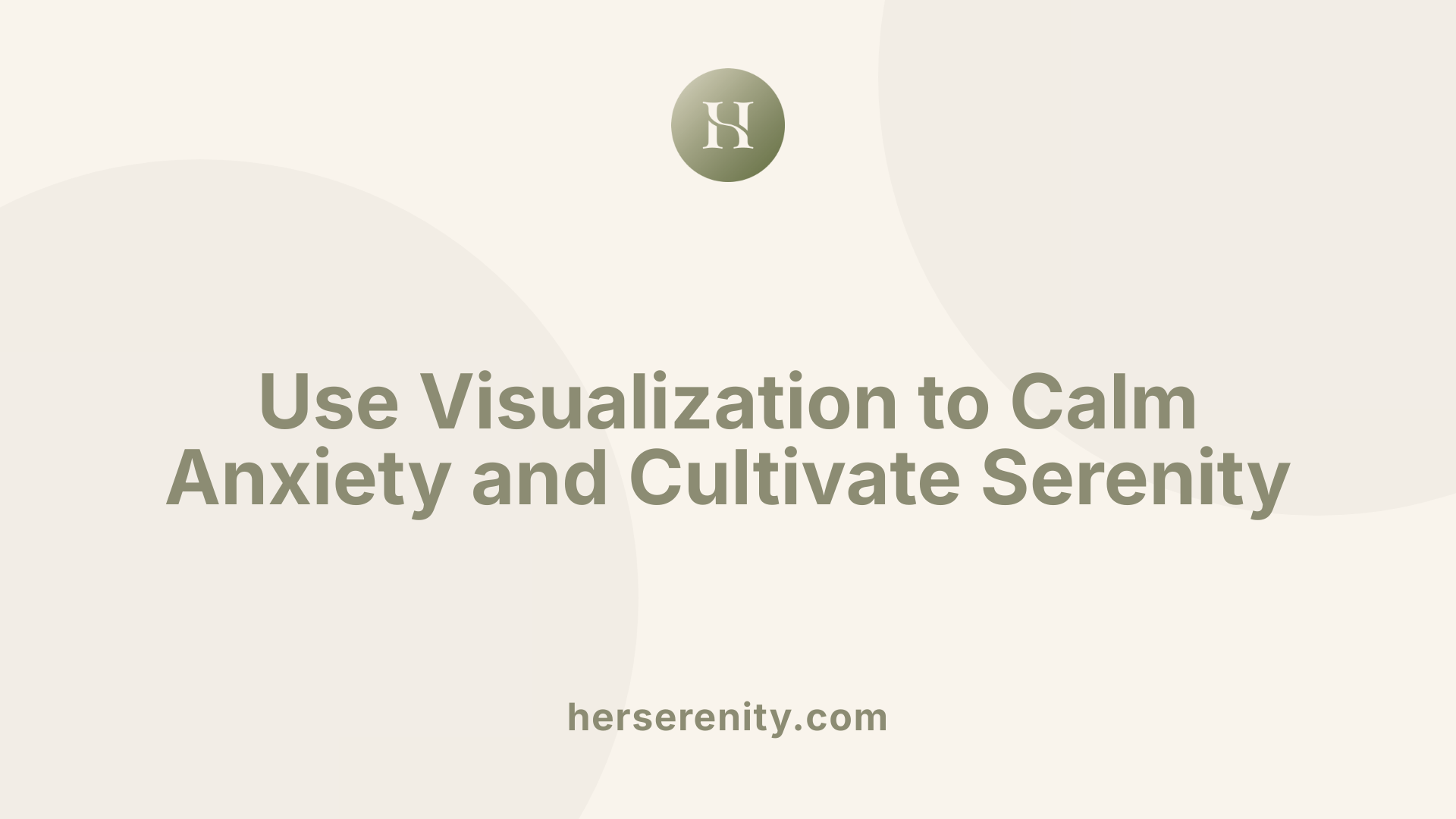
How does visualization reduce anxiety and promote serenity?
Visualization works by guiding the mind to create vivid mental images of calming and positive scenarios. When engaging in these exercises, individuals often picture peaceful environments like beaches, forests, or serene landscapes, immersing all their senses in the experience. This mental focus shifts attention away from worries, fears, and negative thoughts, helping to calm an overactive mind.
Neuroscientific studies support this calming effect. They show that visualization can lower activity in the amygdala, the part of the brain responsible for stress and fear responses. At the same time, it activates the prefrontal cortex, which is involved in rational thought and emotional regulation. This balance aids in reducing feelings of anxiety and enhances overall relaxation.
Practicing guided visualization regularly amplifies these benefits. Techniques such as imagining oneself in a safe, peaceful space or visualizing success can evoke physical relaxation responses, including a slower heart rate and deeper, more regular breathing. These physiological changes reinforce the emotional benefits, leading to sustained feelings of calm and serenity.
Furthermore, combining visualization with mindfulness practices or cognitive-behavioral strategies enhances its effectiveness. Mindfulness encourages present-moment awareness, which, when paired with vivid imagery, helps individuals remain centered and escape ruminative thought patterns.
In summary, visualization alleviates anxiety by engaging neural pathways associated with calmness, reducing stress responses, and promoting emotional resilience. Its integration into daily routines can foster a profound sense of peace and mental clarity, supporting emotional well-being and stress management.
Effectiveness of Visualization in Mindfulness and Stress Management
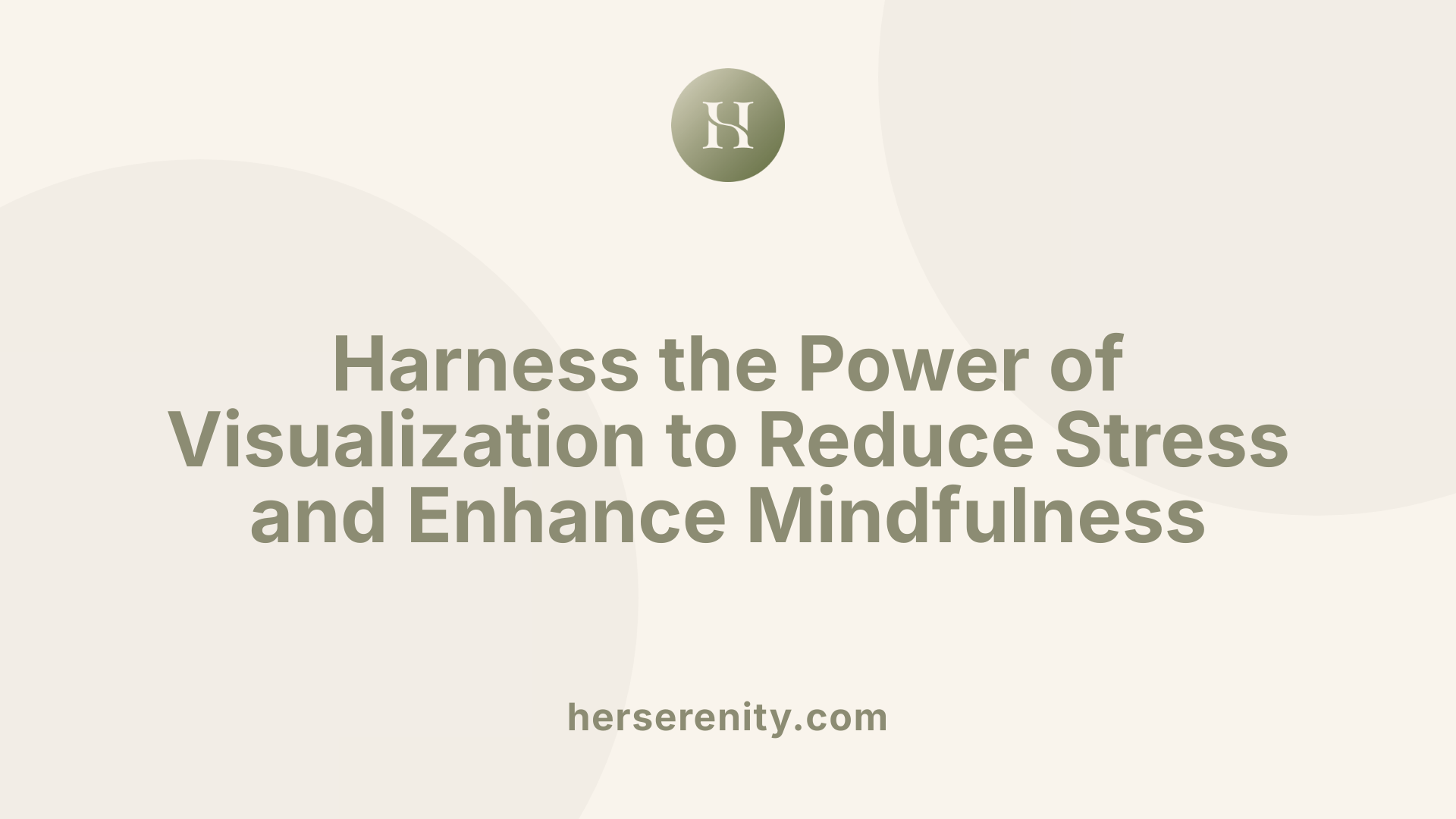
How effective are visualization techniques in mindfulness and stress management?
Research indicates that visualization techniques are highly effective tools for promoting mindfulness and reducing stress levels. Guided imagery, a popular form of visualization, has been shown to significantly lower feelings of anxiety and depression while fostering a sense of calm and clarity.
Neuroscientific studies reveal that visualization activates the brain’s neural pathways similar to real experiences. This process, supported by neuroplasticity, helps in rewiring thought patterns and emotional responses. Specifically, increased alpha brainwave activity during visualization correlates with enhanced relaxation and focus.
Practicing visualization regularly triggers physical relaxation responses, such as slowed heart rate and reduced muscle tension, which support emotional regulation. In therapeutic settings, visualization is used to reinforce positive outcomes, build emotional resilience, and develop coping skills. It forms an integral part of various mental health interventions including mindfulness, cognitive-behavioral therapy, and stress reduction programs.
Overall, scientific research confirms that visualization not only fosters immediate stress relief but also contributes to long-term mental well-being, making it a valuable strategy for managing daily stress and cultivating a mindful, balanced life.
Embracing Visualization for Lasting Serenity
Implementing visualization techniques into your daily life and meditation practices can serve as a powerful route to lasting inner peace. By engaging your imagination, senses, and breath, you can activate your body's relaxation response and foster emotional resilience. Scientific studies underline the efficacy of visualization not only for reducing stress and anxiety but also for building confidence, improving focus, and enhancing overall mental health. With patience and consistency, these mental exercises become invaluable tools in your journey toward serenity and well-being.
References
- Harnessing the Power of Visualization: How Imagery Can Heal Your ...
- Mindful Serenity: A Guide to Guided Meditation - Number Analytics
- Visualization And Guided Imagery Techniques For Stress Reduction
- Visualization Meditation: 5 Exercises to Try - Healthline
- Discover Inner Serenity: Our Favorite Meditation Techniques
- Visualization and Guided Imagery - University of Houston-Clear Lake
- Using Visualizations for Inner Calmness
- Unlocking Serenity: Mastering Inner Peace Coaching Techniques

